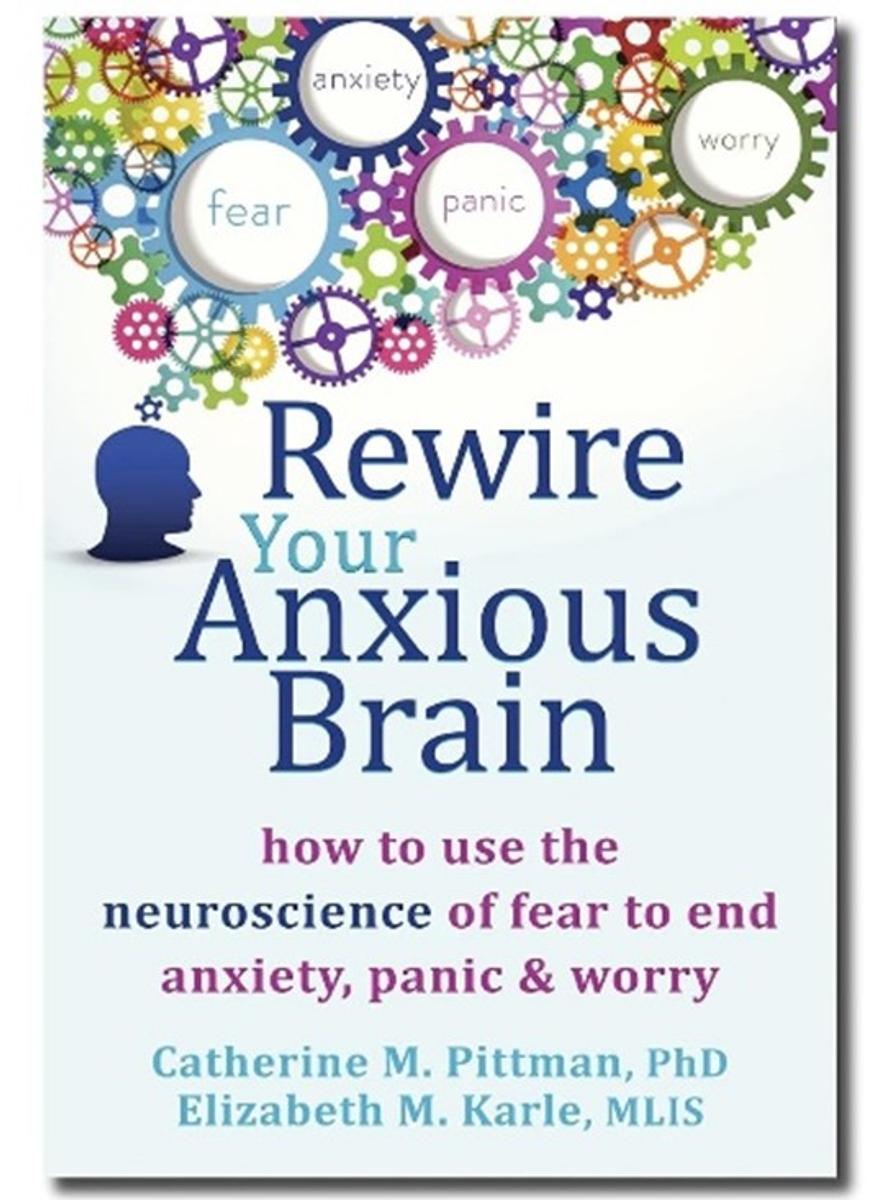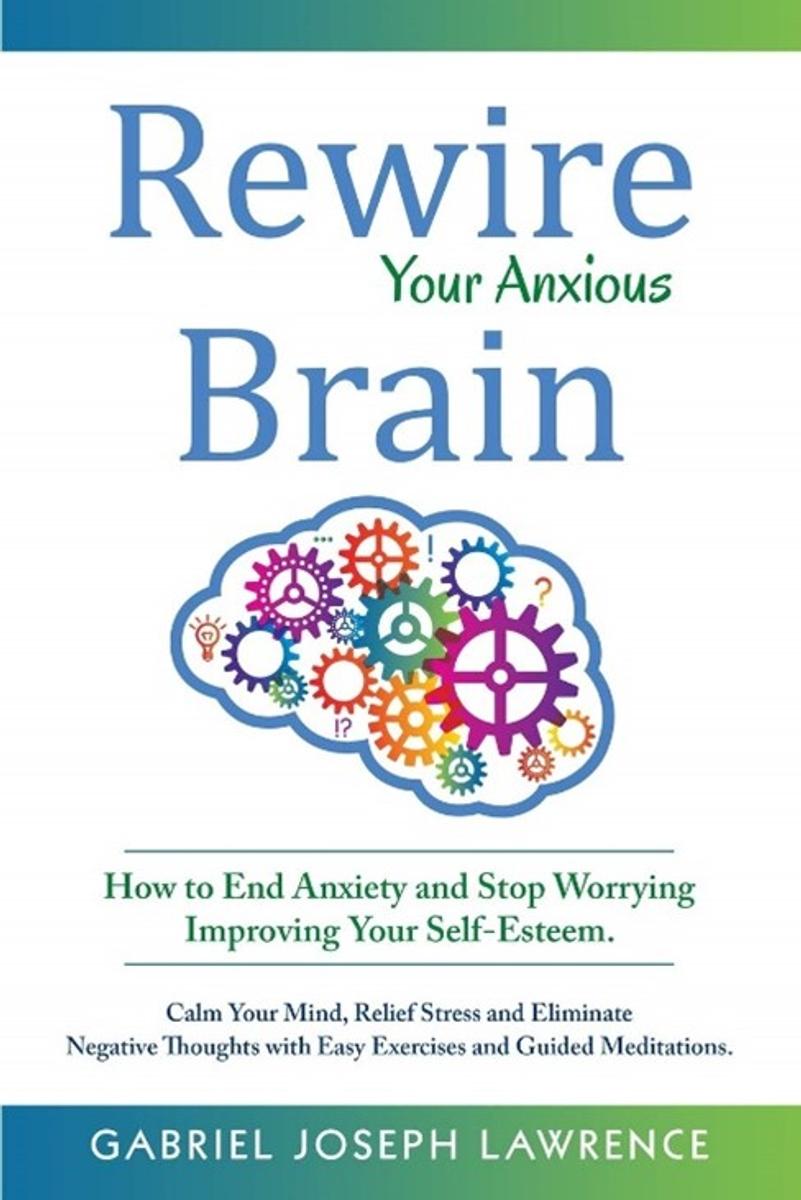LIBRARY NEWS
Sally Govett - Teacher Librarian

LIBRARY NEWS
Sally Govett - Teacher Librarian
Exploring the challenges of identifying plagiarised works in the age of self-publishing and Generative AI - offering practical tips for students and parents to distinguish genuine titles from deceptive imitations using critical thinking and information skills.
The evolution of self-publishing has enabled many aspiring authors to realise their dream of seeing their work in print. Unfortunately, this ease of publication and the related lack of editorial oversight has also led to more plagiarised works online and sold in print through scam websites. The development of Generative AI has allowed unscrupulous people to generate a large volume of low-quality material. Sometimes these scammers use the name of respected authors to their works to fool customers. Sometimes they use similar titles and cover art to draw the eye.
It can be difficult to identify these deceptive works, particularly when buying them online. Here is an example of just such a plagiarism, beside the original, well-respected work.




ORIGINAL WORK PLAGIARISED
At first glance, these might look like two editions of the same book. A closer look will reveal that they are by different authors. A request for this title may not have included the author’s name, so how do students determine which one is the recommended work? There are some subtle hints that can help with identification.
A first giveaway is the length of the subtitle in the Lawrence version. Excessively long titles are something modern editors resist and can be an indication of a self-published work. The typo in the subtitle – ‘relief’ rather than ‘relieve’ – is another red flag, as well as subtitles (or indeed titles) which make no grammatical sense. Another thing to look for is the Capitalisation Of Every Word – especially in subtitles.
It is also telling that the Lawrence version does not include details of a publisher, where the Pittman, Karle edition is published by New Harbinger Publications. The quality of the cover art can also be a sign, with reputable publishers employing skilled artists to produce covers.
Both titles can be purchased through Amazon, with the Lawrence title being more than 30% cheaper, making it even more attractive to the unwary purchaser.
Lastly, the quality of the content of the Lawrence work is inferior. A comparison between content extracts shows the difference in quality of accuracy, sentence structure and readability.
The old saying - not to judge a book by its cover may still be true, but a poor cover can be a hint to take a closer look at the inside, lest you be fooled by a fake, lesser quality plagiarised work.
If in doubt - always ask a librarian.
Adapted from: Laura Iseman SCIS Cataloguer
Education Services Australia SCIS Connections ISSUE 133 Term 2, 2025